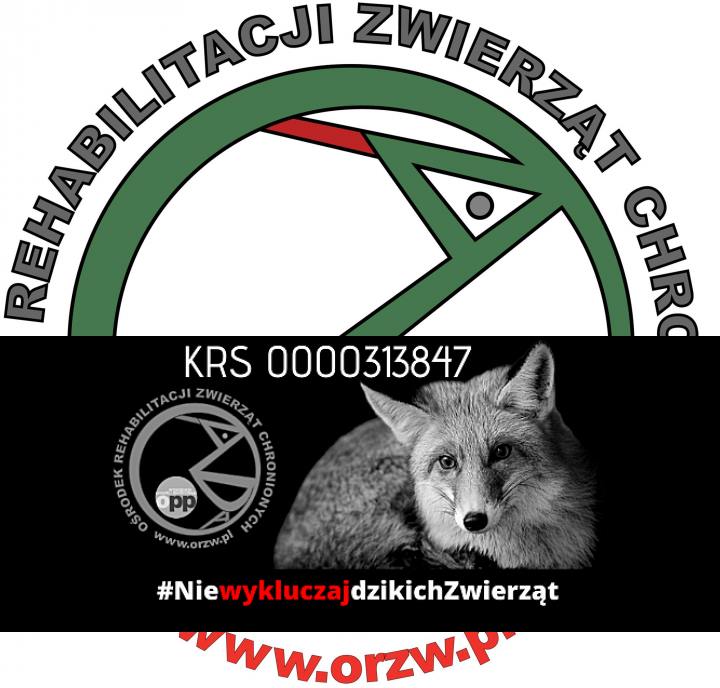Mówimy po polsku: Welcome to Greenpoint, Brooklyn
Known as “Little Poland”, Greenpoint is the northernmost neighbourhood in the New York City borough of Brooklyn. Its tree lined streets and small town feel are a distinct departure from gritty, faced paced Manhattan, visible just across the East River. On a recent Sunday, I boarded the subway near my home in Greenwich Village and went to explore Green point for myself.
The area that is now known as Greenpoint was originally purchased from the Keshaechqueren Indians in 1638 by the Dutch West Indian Company. By the 1840s, shipbuilding was the foremost industry, and the area had developed from a farming community, to a village, and then finally into a proper town with a city plan and named streets. Industry brought infrastructure, and infrastructure brought more people. The rest, as they say, is history.
Greenpoint’s Historic District is a direct reflection of the wealth brought to the area by the shipping industry. Geographically, Greenpoint is surrounding by water on three sides, which made it easy for Greenpoint to become a centre of shipbuilding and maritime commerce in the early 1800s. The modern day street names like “Java” and “India” evoke the romance and mystery of the far-off lands that the community’s merchants visited.
The merchants and tradesmen who grew wealthy in the shipbuilding industry built houses and erected living quarters for their workers. Today, these homes comprise Greenpoint’s Historic District, which is on the U.S. National Register of Historic Places. The streets of the Historic District are quaint and tree lined. Among the tree branches, water sparkles in the distance, the shore just barely visible. Immersed in the Districts quiet charm, it is easy to imagine a time when horse and buggy clattered down the street and the elite of Greenpoint took dignified evening constitutionals.
In more recent history, Greenpoint has had a few brushes with fame: it was the childhood home of American actress Mae West, who was known for her salacious roles on screen and bawdy double entendres off screen. It was also the birthplace of influential American pop singer Pat Benatar, who grew up in a Polish-Irish family.
More than just being the early home of those that went on to achieve notoriety; Greenpoint itself has made regular appearances on the large and small screens. A popular location for filming, scenes from the movies The Departed, Donnie Brasco, Sleepers, Dead Presidents, and The Siege were all filmed in Greenpoint. A number of American television shows are filmed there as well.
The relative inaccessibility of Greenpoint has served to keep it somewhat sheltered from the influence of the neighbouring boroughs of Queens (to the North) and Manhattan (to the West). Because of the construction of the New York City subway system, Greenpoint is served primary by the “G” train line. The G line is very short, running only between Queens and Brooklyn, and is often referred to as “the ghost train” by locals because it is unknown to most Manhattanites.
When I visited Greenpoint, it was a perfectly sunny August day, the type of day that is just hot enough to remind you that it is still summer. As I walked down Manhattan Avenue, one of the main streets in the neighbourhood, I was struck by the diversity of the store fronts. The avenue was lined with small, independently run stores, as one imagines Manhattan used to be before it was overrun by chain stores, franchises, and the offspring of the financial elite.
While walking, most of the people I passed on the street were speaking Polish. Many of the stores were advertising imported Polish products. Storefronts proclaimed “Polish spoken here”, and the menus displayed in the windows of the restaurants listed a bounty of different Polish specialties including my favourite Polish treat, pierogi. Being in Greenpoint, it was easy to understand why some people claim that Greenpoint is reminiscent of a small European town.
The prevalence of the Polish language and culture in Greenpoint came as no surprise; the Polish population in Greenpoint is considered to be second only to that of Chicago. Polish immigrants began settling in the area over a hundred years ago in the early 1900s, and maintain a strong, multi-generational presence in the community to this day. Despite competition from the growing Polish enclaves in Maspeth and Ridgewood, “Little Poland” is regarded by New Yorkers as the oldest and most established Polish community in the five boroughs.
Feeling hungry (and having been tempted by all the sweets in the store window) I decided to end my day in Greenpoint with a stop by a local fixture: the Peter Pan Bakery. Pink and green and full of retro-fifties charm, the Peter Pan bakery is representative of a “simpler” America that many people feel nostalgic for amidst the nation’s current troubles. A distinctly American institution located in the midst of a well known Polish enclave somehow didn’t feel out of place; instead, it was just right because it demonstrated what is so wonderful about New York and about Greenpoint in particular. Greenpoint has a long history, one that is distinctly American because it has been impacted the by the influx of Polish immigrants who by becoming part of the community have changed it for the better, and in the process, become Americans themselves.
Joanna Gulbińska





